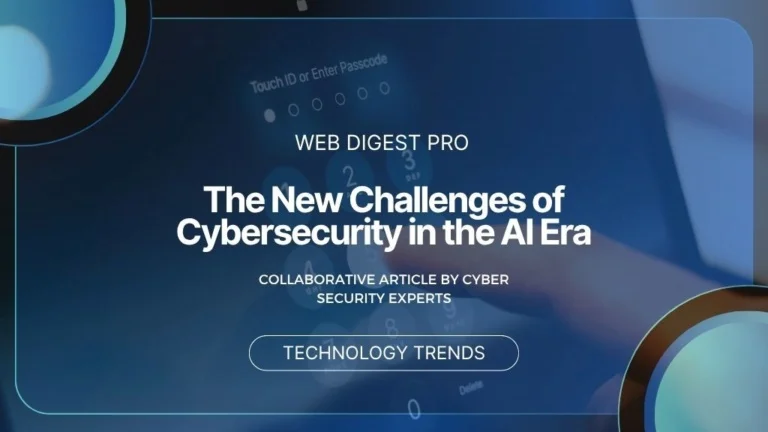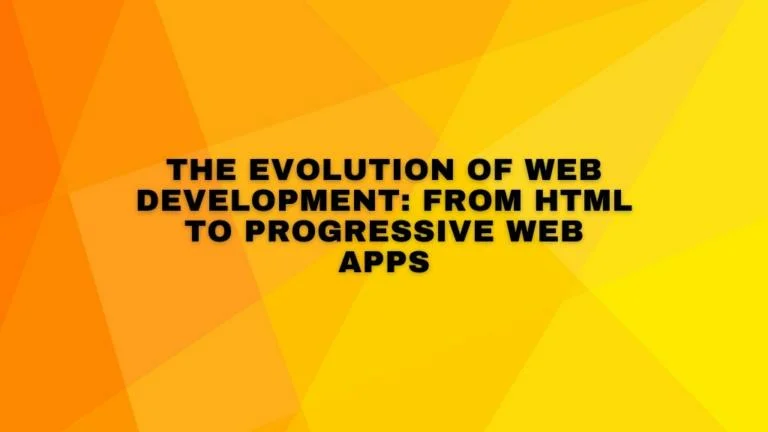Dentistry is undergoing a structural transformation driven by digital technologies that link diagnostics, design, and fabrication into a single data ecosystem. The integration of intraoral scanners, cone-beam computed tomography (CBCT), CAD/CAM systems, and artificial intelligence has shifted clinical workflows from impression-based procedures to precision-guided digital models. This convergence improves diagnostic accuracy, treatment efficiency, and patient experience while demanding new competencies in data management, cybersecurity, and interdisciplinary collaboration. The following sections outline the current state of digital integration in dentistry, its measurable benefits, and the considerations required for sustainable adoption.
From Paste to Pixels: Dentistry’s Digital Tipping Point
Digital workflows have moved from optional to standard. Intraoral scanners (IOS), cone-beam CT (CBCT), and CAD/CAM form the core stack.
IOS
Scanners capture intraoral optical impressions and generate virtual models with restorative outcomes comparable to conventional impressions. Beyond impressions, recent hardware/software updates support diagnostics, treatment planning, and longitudinal monitoring. As validation grows, IOS data will provide quantitative parameters for clinical decisions.
IOS + CBCT integration
Merging surface scans with CBCT creates a complete digital model for prosthetic-driven planning. Clinicians can size and position virtual teeth along mesiodistal, buccolingual, and apicocoronal axes and place implants to match the planned restoration. Use CBCT when indications justify 3D detail (e.g., buccal bone evaluation); retain 2D radiography for routine cases.
Fabrication: CAD/CAM, Milling, and 3D Printing
CAD/CAM turns designs into devices via milling (subtractive) or printing (additive).
Digital systems routinely achieve prosthesis gaps <80 µm, which supports longevity and reduces microleakage risk. Reported accuracy varies by scanner, material, and technique.
For removable prosthodontics, milled dentures generally outperform printed ones; prioritize milling for high-load restorations. Efficiency alone does not guarantee clinical superiority.
Orthodontics: Digital Setups and Clear Aligners
IOS improves model precision for aligner fit. CAD software stages movements in 3D, aiding space analysis and indirect bonding and often reducing refinements. Software can simulate movements that are not clinically feasible.
AI in Diagnostics and Planning
Machine-learning and deep-learning tools are increasingly used to classify images and support diagnosis.
Some estimates
- High-risk case identification: sensitivity 91%, specificity 88% (κ≈0.89) (Jaiswal et al., 2025).
- Root caries prediction: 97.1% accuracy; sensitivity 99.6%; precision 95.1% (Hung et al., 2022).
- Periodontal condition detection: often >90% accuracy in studies (Lee et al., 2021; Open Dentistry J., 2024).
Performance depends on data quality, modality, and anatomy; 2D panoramic radiographs show lower agreement for some teeth. Many models require external validation and standardized training data. AI is used as decision support, and 3D imaging is preferred where it adds value.
Time and Money: Where ROI Actually Comes From
Digital adoption has upfront costs (scanners, printers, licenses) but stabilizes operating expenses and increases throughput.
Efficiency metrics (typical findings):
– Active working time (single-unit): 38.4% lower than analog (Yuzbasioglu 2014, BMC Oral Health; Patzelt 2014, JADA; Sampaio‑Fernandes 2024, PMC review).
– Total treatment time (incl. bite registration): 60.36% lower (typically 40–60%; higher with chairside CAD/CAM) (Joda & Brägger 2016; Pan 2019; Bessadet 2025, JPD).
– Lab turnaround: 75–85% faster due to instant data transfer (Glidewell — Service of Speed; Glidewell — Next‑Day BruxZir; PRO‑Craft turnaround comparison; Alien Milling turnaround; Glidewell shipping times).
Chairside scan vs. impression times vary across studies, but system-wide savings come from fewer remakes, lower material spend, and faster lab cycles (Sampaio‑Fernandes 2024; Joda et al. 2021 RCT; Bessadet 2025).
Patient Experience and Communication
Patients prefer digital scans; one study reports 84.6% choosing IOS over conventional impressions. Digital visuals improve understanding and case acceptance (Yılmaz et al., 2021 RCT (PubMed)).
– Digital visuals improve understanding and case acceptance (Schulz‑Weidner et al., 2024 RCT (PMC); Caruso et al., 2024—IOS improves parent/child communication (MDPI)).
– VR can help explain procedures and reduce anxiety, especially in children (Yan et al., 2023 meta‑analysis (J Dent); Du et al., 2022 RCT—primary teeth extraction (PubMed)).
Remote monitoring and virtual visits extend care to aligner and appliance patients and support multi-site operations. Use HIPAA-compliant platforms and workflows.
Barriers to Adoption: What Slows Clinics Down
Cost and obsolescence: High entry price and frequent upgrades strain small practices.
Training: Limited structured education and steep learning curves slow implementation.
Interoperability and reliability: Mixed-vendor ecosystems can break workflows; some users report occasional inaccuracy and usability issues.
Targeted training, careful system design, and vendor support are essential.
Security: Protecting PHI Is Non-Optional
Dental practices must comply with HIPAA’s Privacy, Security, and Breach Notification Rules—and, for EU/UK patients, GDPR—while guarding against common risks such as ransomware, phishing/malware, and insider misuse. Effective controls include encrypting ePHI both at rest and in transit, maintaining business associate agreements (BAAs) with vendors, keeping systems patched, training staff regularly, and maintaining a tested incident-response plan. Proper encryption can also provide “safe harbor,” meaning breach-notification obligations may not apply if the data remain unreadable and the encryption keys are not compromised.
What’s Next: AR/VR and 3D Bioprinting
AR/VR: AR guidance can improve implant placement accuracy; VR enhances student training through repeatable simulations.
Bioprinting: Early models show potential for periodontal and tissue regeneration using bioinks and patient-specific constructs. Constraints include materials, multi-tissue printing, vascularization, and regulation; clinical adoption will depend on validated outcomes.
Conclusion
The IOS–CBCT–CAD/CAM stack delivers measurable gains in accuracy, efficiency, and patient satisfaction. AI adds consistent decision support but needs rigorous external validation. ROI stems from end-to-end efficiency—fewer remakes, quicker labs (often 75–85% faster), and stable operating costs. Adoption gaps persist due to cost, training, interoperability, and security obligations; targeted implementation and education close most of them. The near future includes broader AR/VR use and cautious steps toward validated bioprinting.
Sources
The Evolution of Digital Dentistry: A Comprehensive Review (PMC)
Recent Advances in Intraoral Scanners (PMC)
Diagnostic Applications of Intraoral Scanners: A Systematic Review (MDPI)
Accuracy of Intra-Oral Radiography vs CBCT for Buccal Bone Loss (MDPI)
Advances in Digital Dentistry: From Data Acquisition to Data Production (MDPI)
Systematic Review of CAD/CAM Fit Restoration Evaluations (ResearchGate)
Influence of CAD/CAM Systems on Marginal Accuracy & Mechanical Properties (MDPI)
Accuracy of CAD/CAM for Custom Post-and-Core Restorations (PMC)
Orthodontic Digital Workflow: Devices and Clinical Applications (PMC)
Revolutionizing Smiles: Advancing Orthodontics Through Digital Innovation (PMC)
Artificial Intelligence in Dentistry—Review (Frontiers)
AI in Dentistry: Narrative Review of Diagnostic and Therapeutic Applications (PMC)
Exploration of AI-Powered Tools for Risk Assessment (PMC)
AI in Caries Detection—Systematic Review
Comparison of AI Caries Detection vs Dentists (PMC)
Machine Learning for Dental Caries: Systematic Review (Karger)
Patient Perceptions: Digital vs Analog Dentures (PubMed)
Impression Techniques: Time, Comfort, Anxiety—Randomized Crossover (PMC)
Digital vs Conventional Impressions—Acceptability/Comfort (PMC)
Time Efficiency & Cost Analysis: Digital vs Conventional (PubMed)
AR/VR in Dentistry: Highlights from Current Research (MDPI)
Integrating AR Virtual Patients into Healthcare Training (PLOS One)
Digitalization in Dentistry: Stressors & Resources (PMC)
Technology Readiness Drives Digital Adoption (MDPI)
ADA: Safeguarding Patient Information
Cybersecurity Threats & Preparedness in Dental Schools (PMC)
HIPAA vs GDPR—Key Differences (OneTrust)
Bioprinting: Transformative Clinical Potential (PMC)
3D Bioprinting for Periodontal Regeneration (PMC)
Subscribe to our newsletter!












+ There are no comments
Add yours